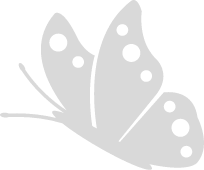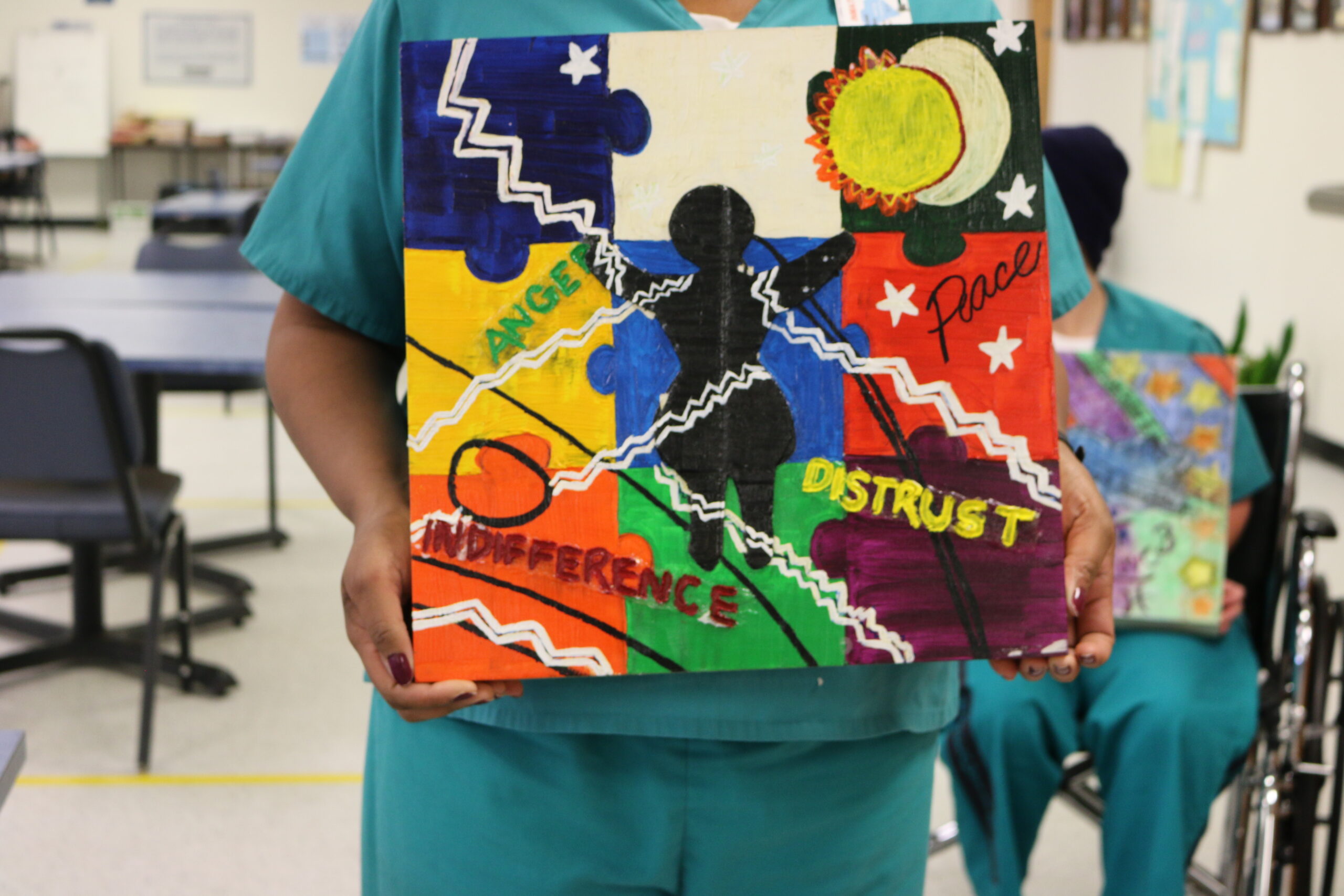
"All I knew was anger. I didn’t have any other emotion. I dealt with people in anger. If they were trying to help me, I was angry. That’s all I knew. With my healing, I finally felt loved and finally knew how to give love. On my panel, I was still putting myself together like a puzzle. And I was broken into pieces. But I’m healing now." — Tamika
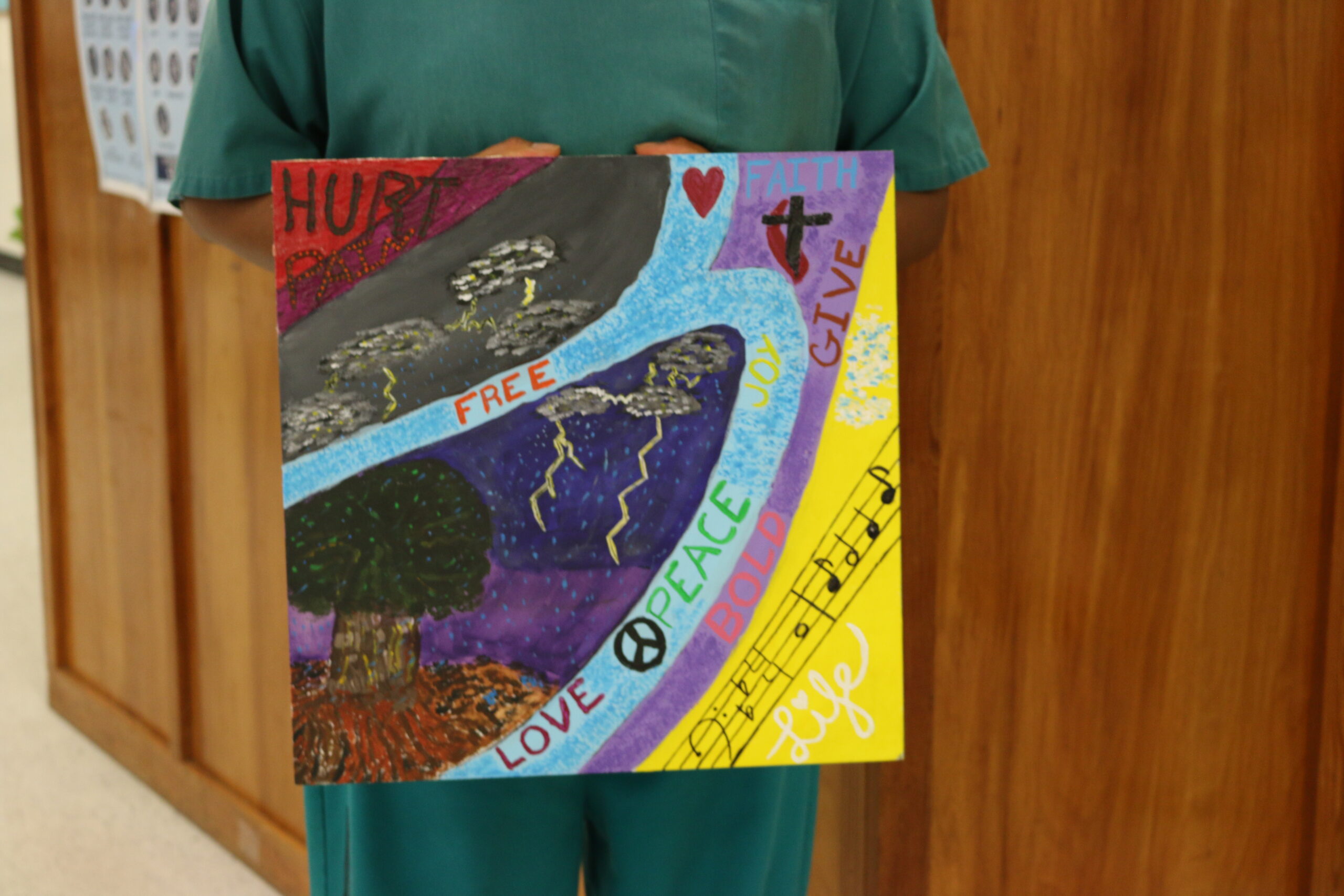
"My panel is light and dark, because it has a tree growing out of that darkness and coming into light, going through a storm and coming out. Music is a big part of my panel. I put a cross on there just because that’s a part of growing back into that person that he tried to take away from me." — Carman
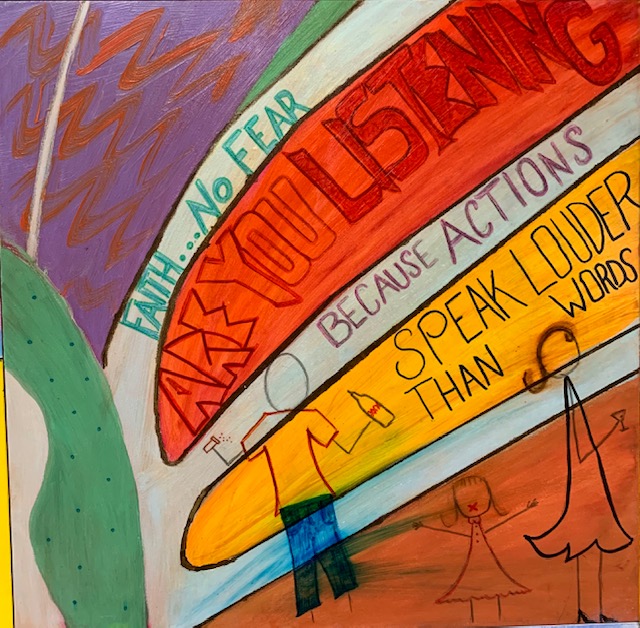
"What I was thinking about when I did my panel was that when I was between six and eight I was being molested, and I didn’t reach out to anybody. I didn’t tell anybody until I was like 18 years old. But I did draw pictures." — Tammi
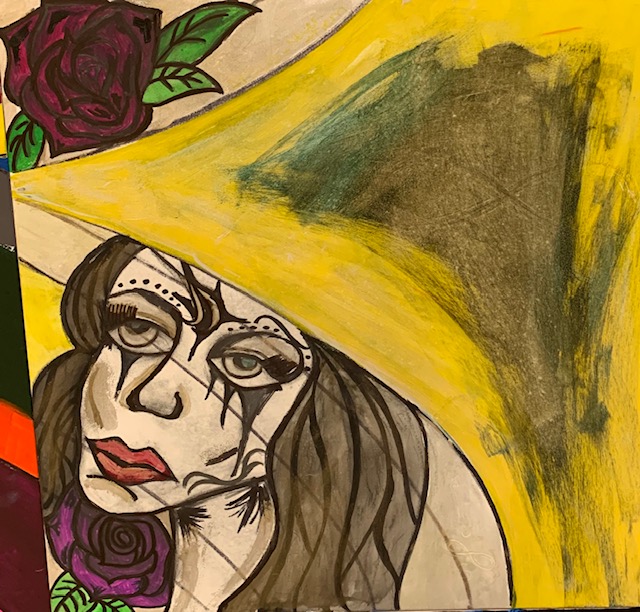
"I have grown a lot since her [the crying woman depicted on the panel], because I feel like that was me a long time ago. Recently I have transformed. I’m not that same person. I believe that it's not my fault anymore." — Sabrina
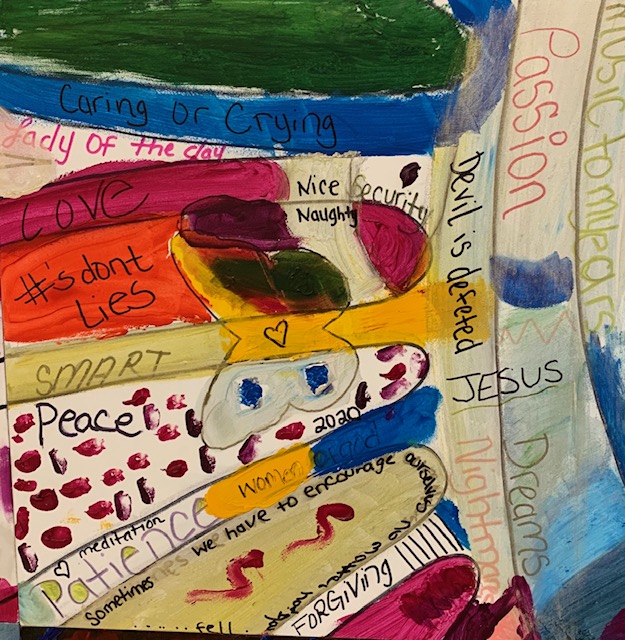
"I think it was a real good experience. We just suffer from a lot of loss, a lot of pain. Not talking to your mother the whole time you’re here just doesn’t feel right."— Milan

"I’ve learned to accept who I am, and I’ve learned to love myself, which is an accomplishment in itself." — Heather
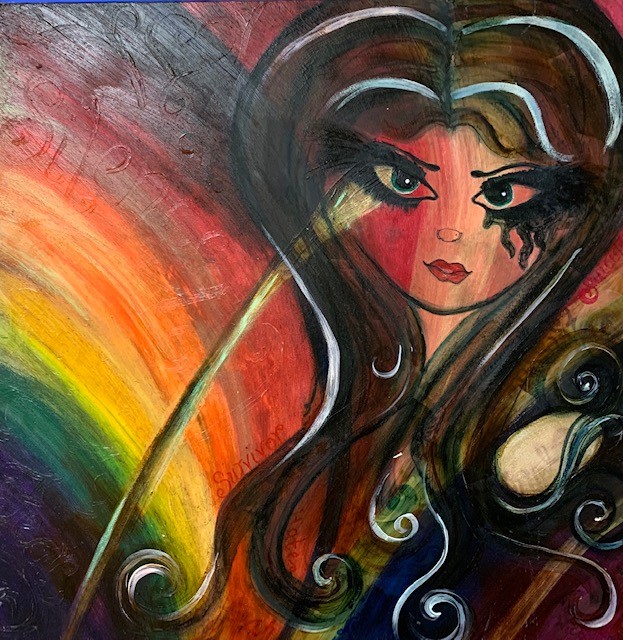
“Looking at the panel and all of them together reminds me of the unity of the women here and the love that we’ve shared with each other. It is a representation of the struggles that we go through every day. It keeps us strong — it keeps us together.” — Colette
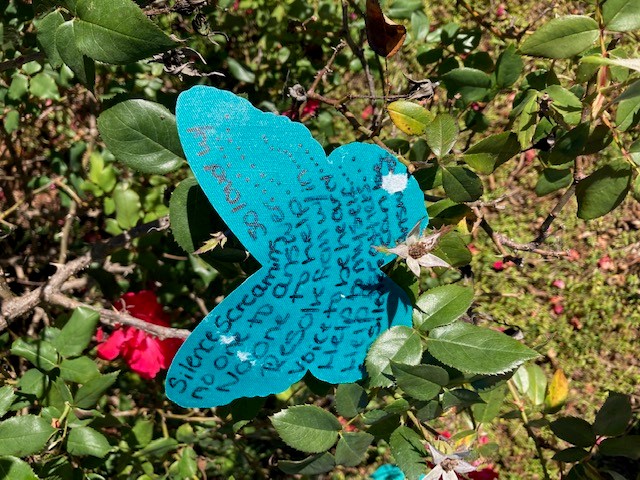
"I want to gain back everything that they took from me. I want to be a new person. I want to be that victorious woman. I want to take back what they did. I don’t want to carry that baggage anymore. I want to be able to say that baggage is gone. I don’t want to carry that weight anymore. I want to be able to go out in the world." — Misty

"This opened up avenues to make my future brighter. I’m going to use my butterfly to remember where I was at — and where I’m at now." — Cammy

"I feel like the butterfly, to me, is going out of the institution. It is a representation that we do have a voice, even though we are behind bars." — Incarcerated artist at Camille Correctional Institution
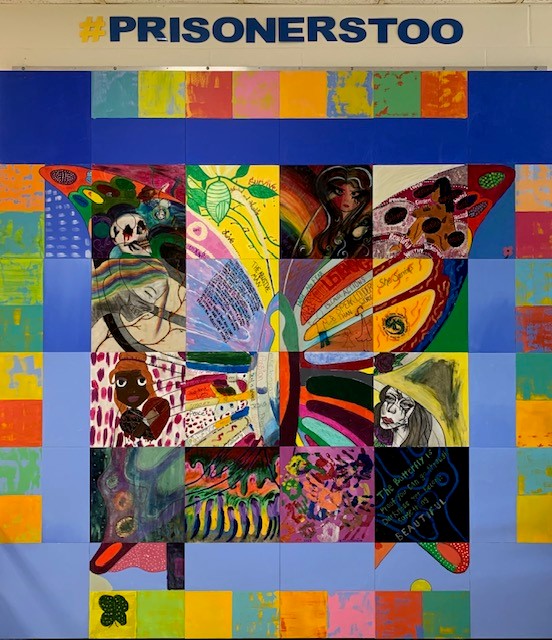
"I want people to use it as their voice, so that they can come out and share their stories, even if they don’t share their name. They can just get out whatever they’ve been holding onto. There is a support system that believes in them and stands behind them.” — Incarcerated artist at Camille Correctional Institution

“It gives you a chance to express yourself, to open up what you got just all bottled up inside you because you’re too scared or too embarrassed. You’re thinking, ’Am I the victim? Was it my fault?’ You don’t know until you get a chance to open up, knowing that you won’t be judged for what you got to say or what happened to you. Doing this program got people now asking, ‘When is the next one?’”— Incarcerated artist at Leath Correctional Institution
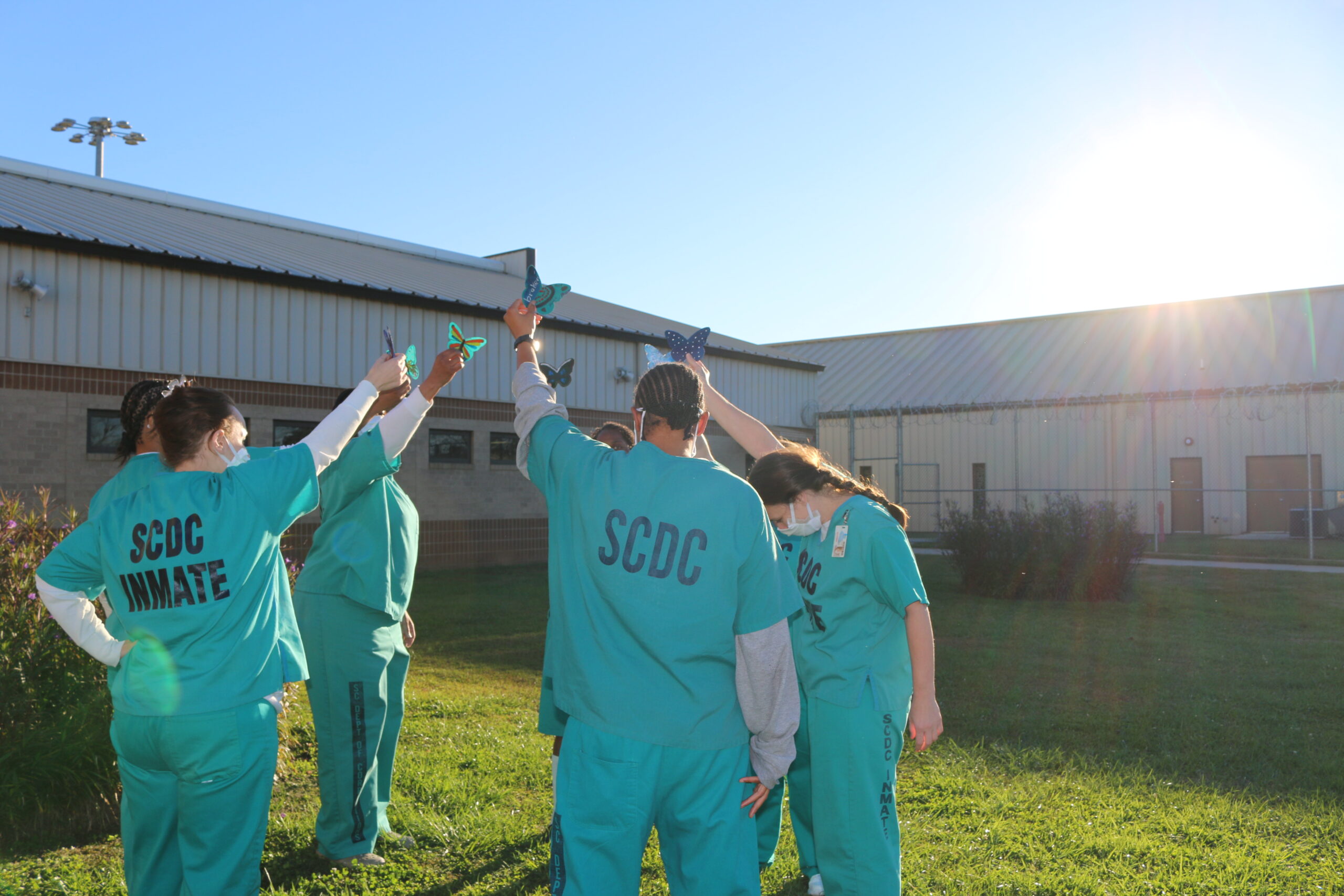
“When I started on this project, I’ve finally come to realize that even though bad things have happened to me, I can overcome those things. It doesn’t have to define who I am as a person. So this really opened my mind up to want to move forward.” — Incarcerated artist at Leath Correctional Institution

